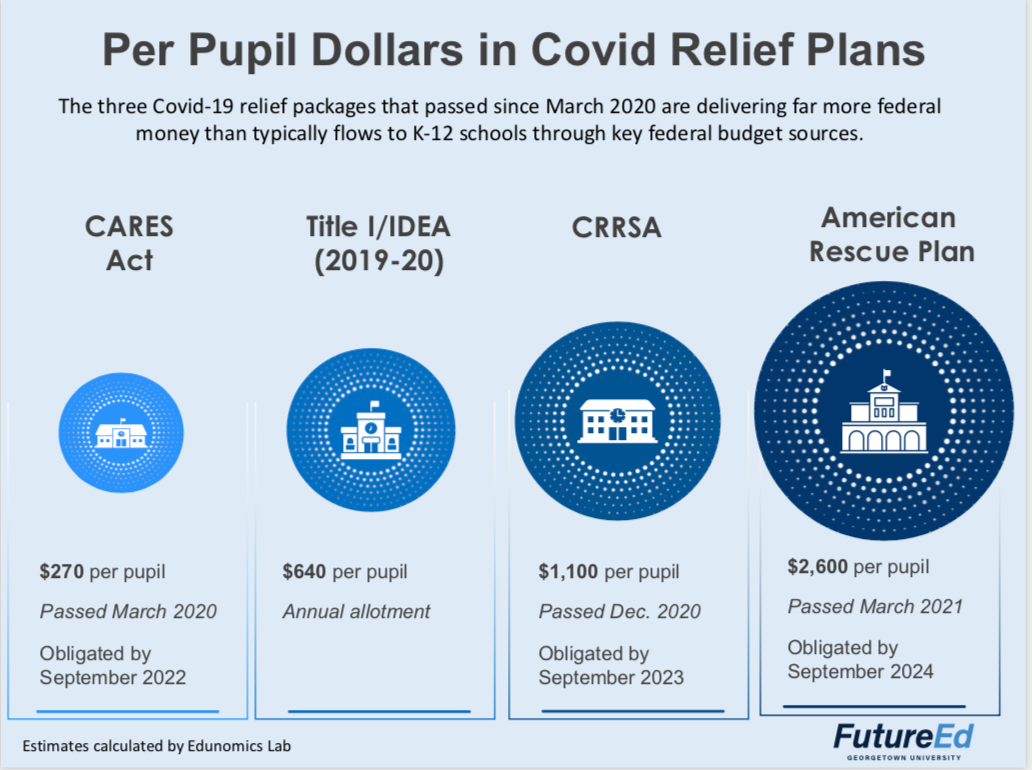
Budgeting for K-12 and higher education facilities comes with its own set of considerations and challenges. This is especially the case for public schools, which typically rely on state funding to finance these projects and often have limited means through which they can raise funds themselves.
In California, for example, public K-12 schools rely on statewide bond issues and revenue raised through local general obligation bond elections and developer fees. Schools themselves don’t have the authority to issue bonds and rely on their school districts to raise funds, often with wide financial disparities between districts.
When it comes to higher education, 80 percent of all costs are related to staff salaries, leaving little room for new debt and operational costs. In addition, many of the nation’s higher education facilities are more than 50 years old and have maintenance challenges that make it difficult to allocate dollars to new capital projects. With available public funds for higher education generally shrinking, more colleges and universities have started turning to public-private partnerships to finance their projects.
What’s more, a severe labor shortage, rising material costs and land prices continue to plague the construction industry, driving up construction costs across all real estate sectors. Concurrently, the U.S. logistics industry is also experiencing a massive trucker shortage, which significantly impacts the timely delivery of construction materials.
For all the reasons stated above, it is especially challenging, yet critical, to keep K-12 and higher education construction projects on budget. Here are three best practices to help achieve timely, cost efficient project delivery:
Manage Expectations
Be transparent and honest with your clients and partners. Show them the most up-to-date pricing and other relevant information they need to make educated decisions. It’s easy to get carried away in the early stages of design and while it’s never pleasant to be the breaker of bad news, it’s best to set realistic expectations from the start. This will save you and everyone involved in the project considerable time and money down the line.
For example, C.W. Driver recently completed the construction of a new student services building at California State Polytechnic University, Pomona (Cal Poly Pomona). The three-story, 138,400-square-foot structure consists of two buildings beneath an innovative undulating roof. Cal Poly Pomona, CO Architects and C.W. Driver went through several design ideas during the preconstruction phase, including a green roof that could be planted and irrigated, before landing on a more cost-effective solution that fulfilled the university’s appetite for a sustainable design.
The final product uses the roof as a source of natural solar power to regulate the building’s temperature and energy efficiency. Providing frequent progress updates, but also updates on trends or anything happening in the market or industry that might affect construction costs and timing, is also key.
Collaborate With Project Partners
It’s never too early for project partners to start collaborating. As an estimator, it often is challenging to develop a budget for a project at inception when there are few drawings available. For this reason, it’s crucial to involve the design team, engineers and subcontractors from the get-go to leverage their expertise as well as their forecast of the construction market to provide as accurate an estimate as possible.
Fortunately, many developers in the education realm are now venturing into alternate delivery methods such as construction management at-risk (CMAR), design/build or public-private partnerships (P3), all of which emphasize early collaboration between project partners. Another key benefit is that contrary to Hard Bid, which favors price competition, these alternate delivery methods focus on overall value and quality — not just cost.
Collaboration is especially important during preconstruction, which lends itself to brainstorming alternatives that can help drive down costs with minimal impact on the program or look of the building. Every aspect of the project is scrupulously examined to identify where value engineering tactics may be applied, from picking different manufacturers to opting for smaller sized trees to selecting cheaper materials and reducing the glass surface of a project.
For the student services building at Cal Poly Pomona, subcontractors had several ingenious ideas during preconstruction that helped free up more budget for the building’s roof, which was always the focal point of the project. For example, they identified opportunities to save on interior finishes, electrical systems and mechanical equipment that had no effect whatsoever on the design of the building.
Leverage Technology
The construction industry has a reputation for being notoriously slow at adopting new technology. Cost and risk aversion are two factors that are often used to explain why the industry is not yet taking full advantage of technology that can drive down project costs and timelines, and facilitate collaboration between project partners.
Everyone in the construction industry stands to benefit from the adoption of new technology. For example, architects have recently started designing directly in virtual/augmented reality design software. 3-D models provide an unprecedented level of detail, and help all project partners visualize and get a better understanding of the construction plan.
Not only is it a great tool for architects, but by utilizing design software such as Sketchup and Revit, estimators are able to develop budgets more efficiently and accurately, and subcontractors are able to identify and foresee costly design elements. For example, on the Vanguard University Student Union project, C.W. Driver’s estimating team utilized the architect’s Sketchup model throughout the preconstruction phase for efficient budget updates and to better understand the design details.
Aside from augmented/virtual reality, there are myriad other technologies that have the potential to transform the construction industry by increasing efficiency and productivity. These include everything from the use of drones to take high-resolution 3-D photos to assess the progress of the project to the adoption of automated systems to handle administrative functions, including payroll, inventory and customer management.
While these three best practices are applicable to other market sectors as well, there are very few others in which the success of a project depends so much on their adoption.
Mark Vondran is chief estimator at C.W. Driver Cos., a builder celebrating its 100-year anniversary this year.





